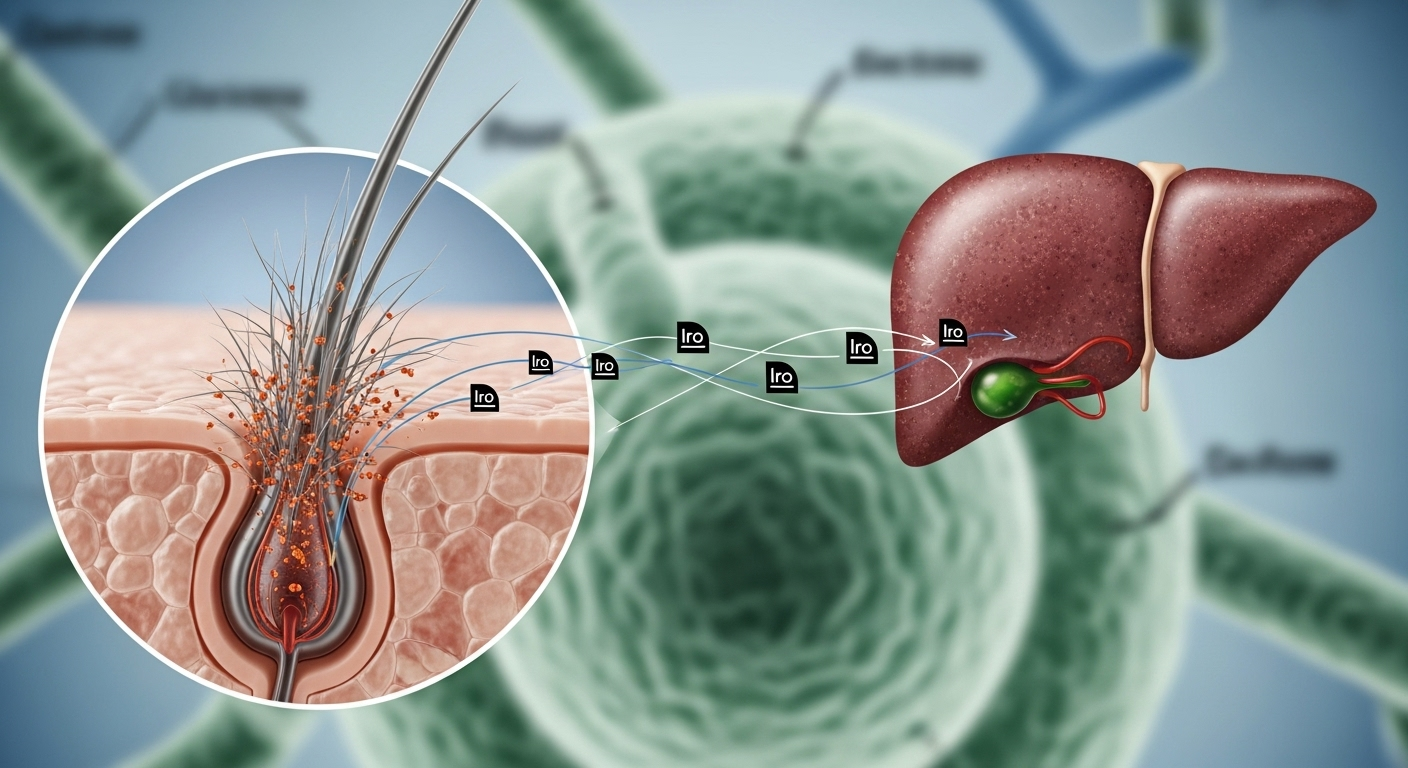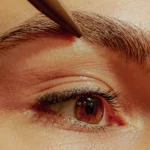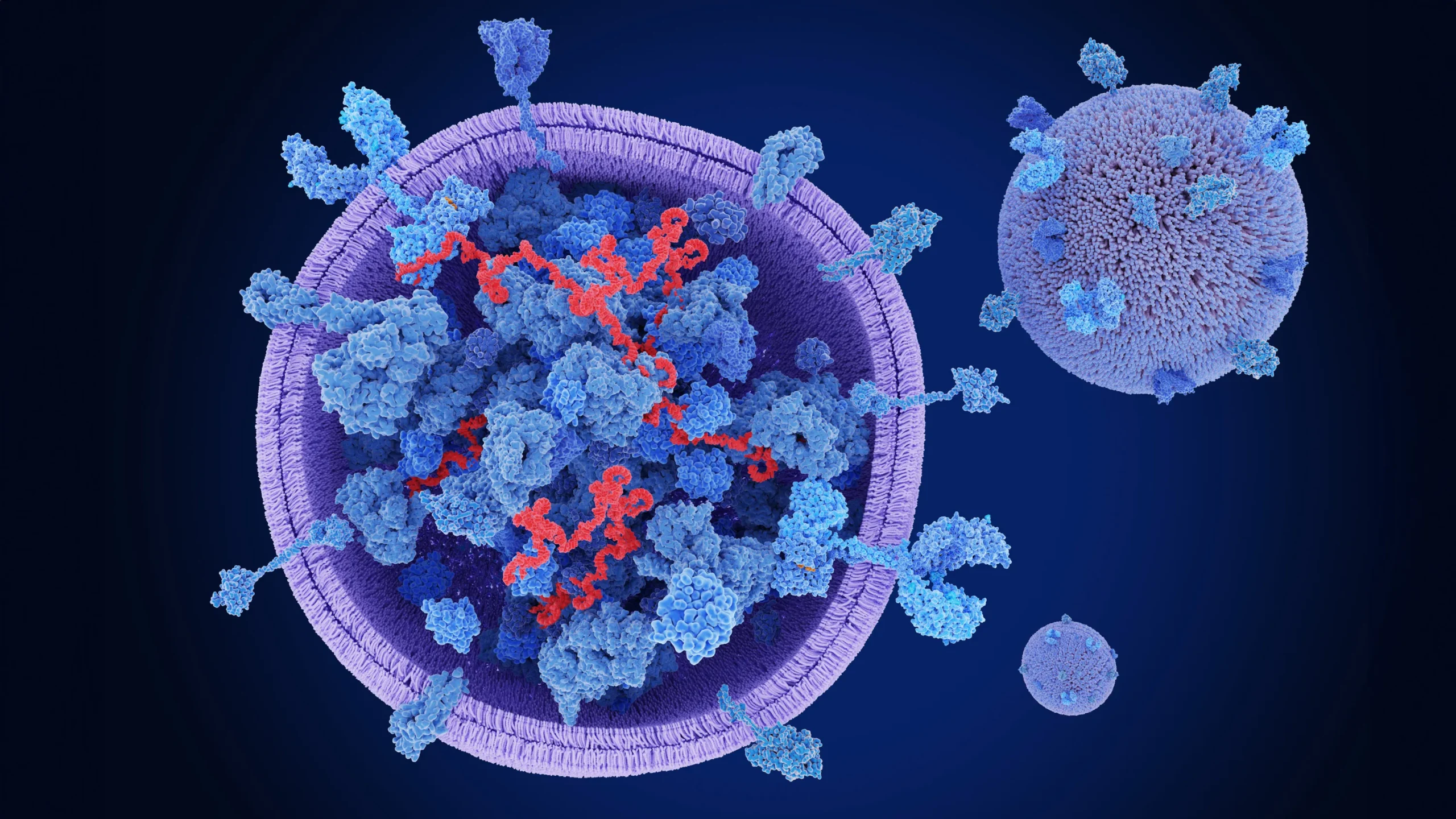Experiencing unexpected Haemochromatosis Cause Hair Loss? You're not alone. Haemochromatosis and hair loss are more connected than most realize. This condition, marked by excessive iron buildup, can disrupt many body functions — including hair health. In this article, we explore the scientific connection, how to recognize it, and what treatments can help. With insights from …
Experiencing unexpected Haemochromatosis Cause Hair Loss? You’re not alone. Haemochromatosis and hair loss are more connected than most realize. This condition, marked by excessive iron buildup, can disrupt many body functions — including hair health.
In this article, we explore the scientific connection, how to recognize it, and what treatments can help. With insights from experts and real patient experiences, you’ll understand how to manage both conditions confidently and effectively.
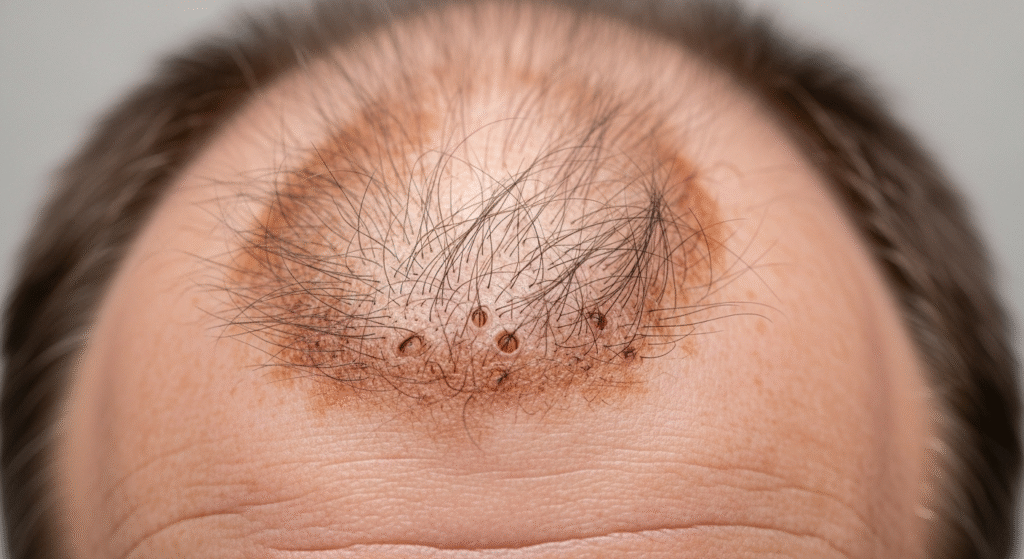
What Is Haemochromatosis?
Definition and Causes
Haemochromatosis is a condition where the body absorbs too much iron from food. The excess iron is then stored in organs — primarily the liver, heart, and pancreas — potentially leading to organ damage. It’s most commonly hereditary, especially in people of Northern European descent.
Symptoms Beyond Hair Loss
- Fatigue
- Joint pain
- Abdominal pain
- Diabetes
- Skin bronzing
- Hormonal imbalances
While hair loss isn’t always mentioned, it can be an early or ongoing symptom.
Types of Haemochromatosis
- Hereditary (Primary): Caused by genetic mutations (typically HFE gene).
- Secondary: Due to other conditions like anemia or frequent blood transfusions.
The Link Between Haemochromatosis and Hair Loss
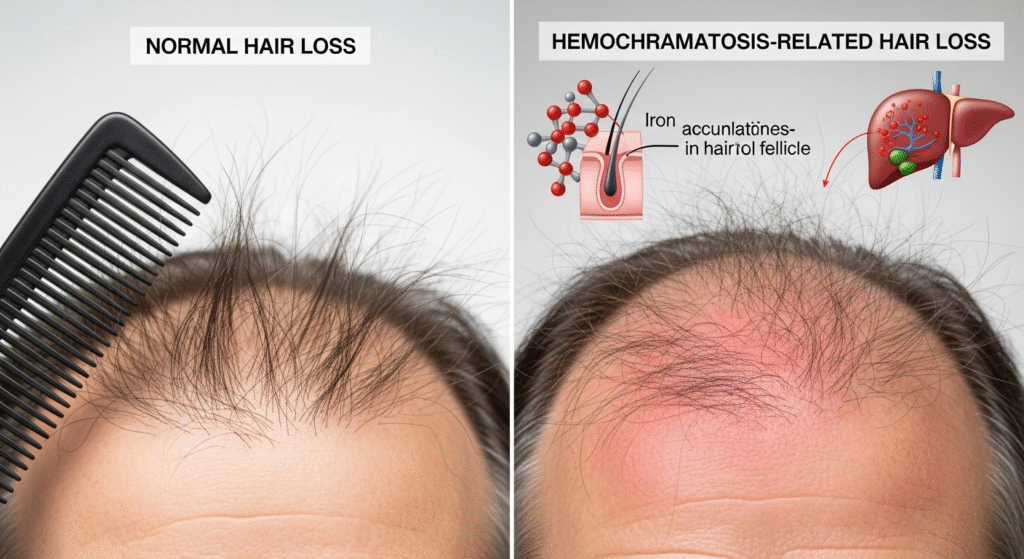
Can Iron Overload Lead to Hair Loss?
Yes. Excess iron in the bloodstream can trigger oxidative stress and inflammation, damaging hair follicles and impairing the hair growth cycle. Iron plays a dual role: while deficiency leads to shedding, too much can also disrupt follicle function.
Role of Ferritin, Iron Saturation & Hair Follicles
- Ferritin stores iron in your cells. Elevated levels may indicate toxic buildup.
- High transferrin saturation and serum iron levels can stress scalp tissues.
- Hair follicles, like other organs, are sensitive to iron-induced oxidative damage.
Inflammation & Oxidative Stress Effects
Oxidative stress can shrink hair follicles, leading to conditions like telogen effluvium or even scarring alopecia in extreme cases.
Patient Case Studies & Clinical Observations
Several studies have noted that patients with haemochromatosis reported hair thinning or increased shedding that reversed after managing iron levels.
How to Identify If Hair Loss Is Related to Haemochromatosis
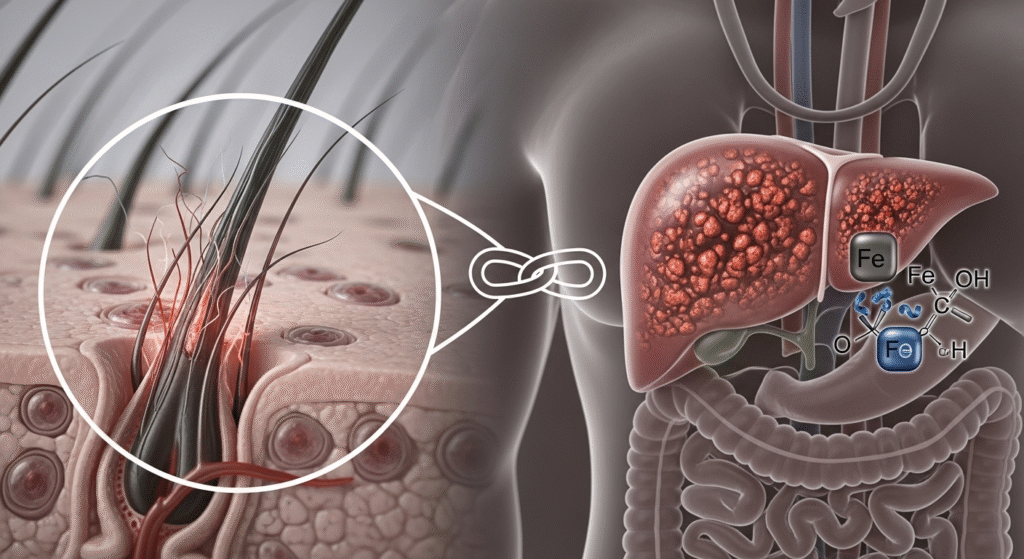
Blood Test Markers
Ask your doctor for:
- Serum Ferritin
- Transferrin Saturation
- Serum Iron
- TIBC (Total Iron Binding Capacity)
High readings may suggest a link.
Scalp Biopsy or Trichoscopy Findings
Trichoscopy may show diffuse hair thinning, inflammation, or miniaturized follicles — signs compatible with systemic causes like haemochromatosis.
Haemochromatosis Cause Hair Loss Differentiating from Other Causes
Unlike genetic or stress-related hair loss, haemochromatosis-related shedding often correlates with other systemic symptoms like fatigue and skin changes.
Medical Perspectives and Expert Insights
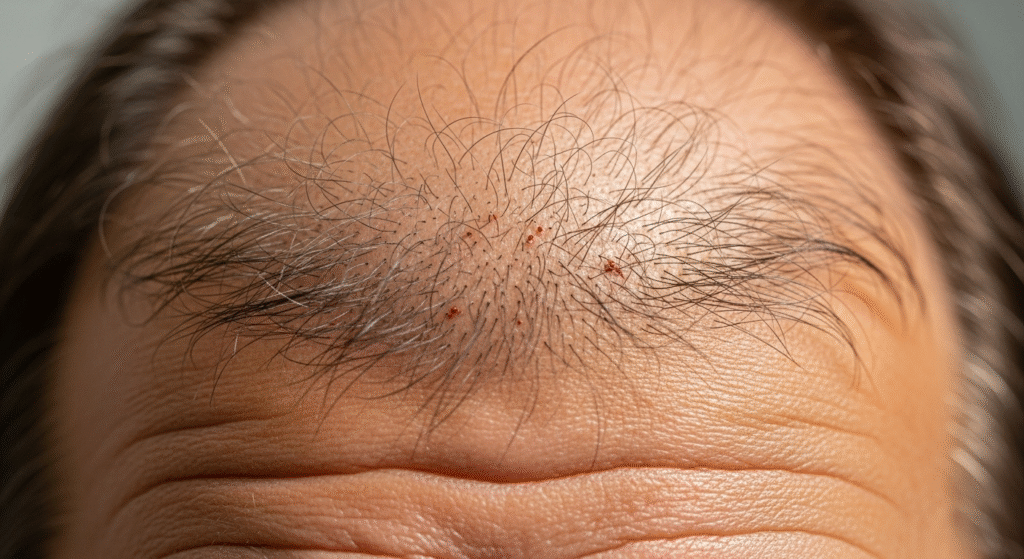
Research-Based Findings
- A 2021 study from The Journal of Trichology confirmed that hair loss can be associated with elevated ferritin in iron overload disorders.
- Mayo Clinic also notes alopecia as a possible symptom in advanced cases of haemochromatosis.
What Guidelines Say
While not officially listed as a primary symptom, hair loss is increasingly acknowledged as a secondary or indirect manifestation.
Treatment Options for Haemochromatosis-Related Hair Loss
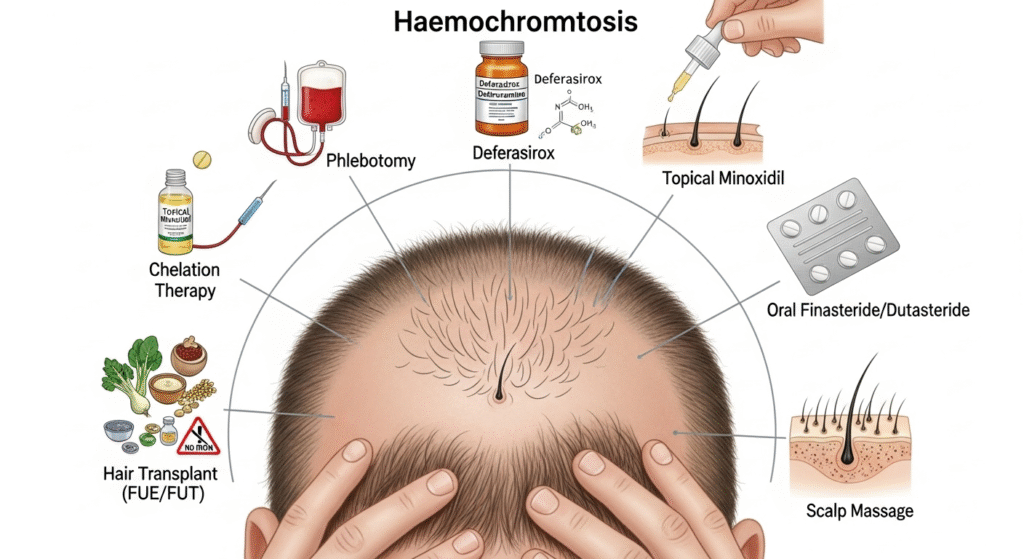
Treating the Root Cause — Iron Reduction Therapies
- Phlebotomy: Regular blood draws to lower iron levels. Often first-line treatment.
- Chelation Therapy: Oral or injectable drugs that bind to iron and remove it from the body.
Hair Regrowth Support
- Topical Minoxidil (Rogaine): May stimulate dormant follicles.
- Supplements: Only if deficiencies are found (e.g., zinc, B12).
- Nutritional Adjustments: Reduce red meat, iron-fortified foods, and alcohol.
Hormonal and Thyroid Considerations
Iron overload can also affect hormones, leading to conditions like hypothyroidism or low testosterone — both of which can contribute to hair loss.
Lifestyle and Diet Tips to Improve Hair Health
Low-Iron Diet Recommendations
- Limit red meat and liver
- Avoid iron supplements unless prescribed
- Cook with glass or ceramic rather than cast iron
Anti-Inflammatory Foods
- Leafy greens
- Omega-3 rich fish (salmon, sardines)
- Berries and turmeric
Stress Management and Hair Loss Prevention
- Meditation
- Light exercise (after clearance)
- Scalp massages to improve circulation
Safe Recovery Timeline and What to Expect
Hair Regrowth Expectations After Treatment
Once iron levels normalize, follicles may begin recovery. Most patients see improvements in 3–6 months.
How Long Until Improvement Is Seen
- Phlebotomy: Hair may start regrowing after 8–12 sessions
- Chelation: Results depend on dosage and severity
Timeline Chart
| Treatment Type | Iron Reduction | Hair Improvement |
|---|---|---|
| Phlebotomy | 2–4 months | 3–6 months |
| Chelation | 3–6 months | 6–9 months |
What Worked for Them
- Phlebotomy + dietary changes
- Dermatologist-prescribed scalp treatments
Lessons from Long-Term Management
Patience and consistency are key. Hair takes time to reflect internal health changes.
When to See a Specialist
Triggers That Warrant Immediate Attention
- Rapid hair shedding
- Extreme fatigue
- Abnormally high ferritin levels
Referral Guidelines
Your GP may refer you to:
- A hematologist for iron management
- A dermatologist for scalp and hair assessment
Expert Recommendations for Managing Both Conditions
Multi-Disciplinary Treatment Approach
Combining iron regulation and hair support therapy often yields the best results.
Combining Medical and Cosmetic Strategies
Don’t ignore the cosmetic aspect—confidence matters. A balanced approach treats both the root and the symptom.
FAQs
Can haemochromatosis directly cause hair thinning?
Yes. High iron levels disrupt the hair growth cycle through oxidative stress.
Is hair loss from iron overload reversible?
In most cases, yes — especially with early diagnosis and treatment.
What are the early warning signs of haemochromatosis?
Chronic fatigue, joint pain, abdominal discomfort, and skin discoloration.
Can treating haemochromatosis reverse hair loss?
It often does, especially if treatment begins before permanent follicle damage.
What kind of doctor should I see for this?
Start with your GP. A referral to a hematologist or dermatologist may follow.
Ready To Take Nour Next Step
Book a consultation with Dr. Uzma Irfan, an ISHRS-certified surgeon, today to get tested, treated, and guided with a personalized plan that addresses both haemochromatosis and hair health.

